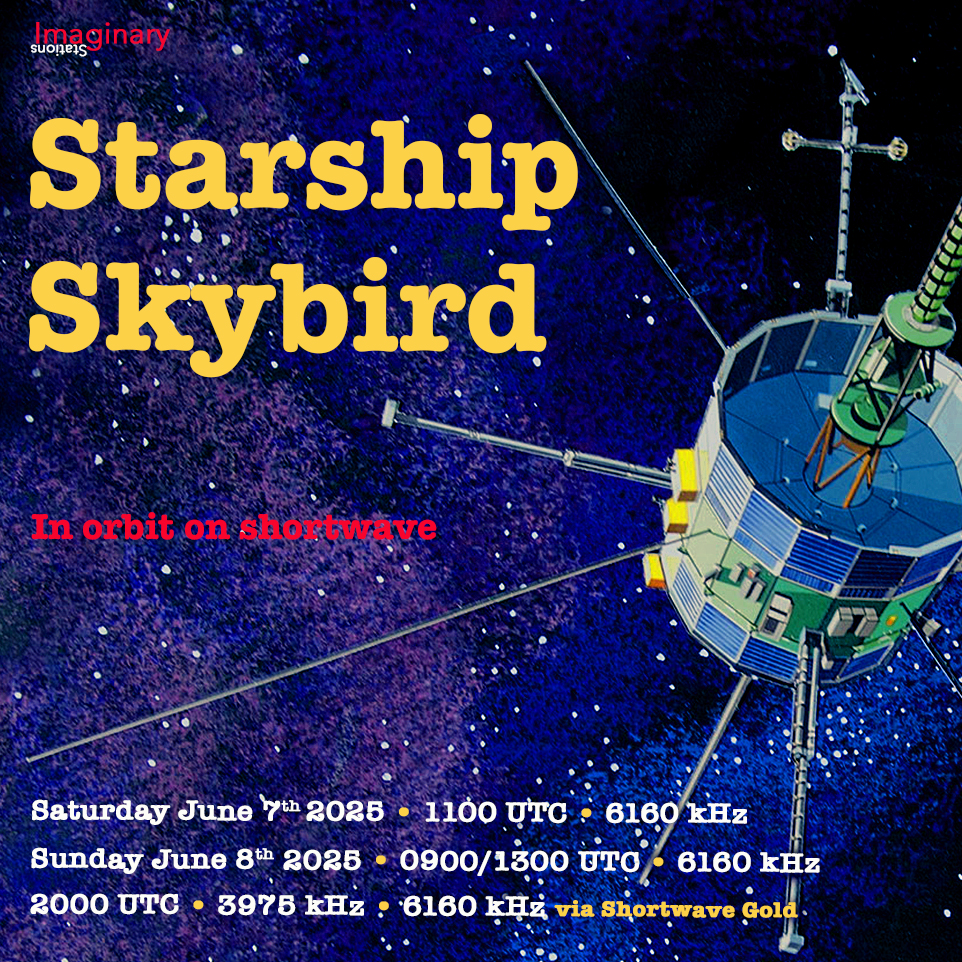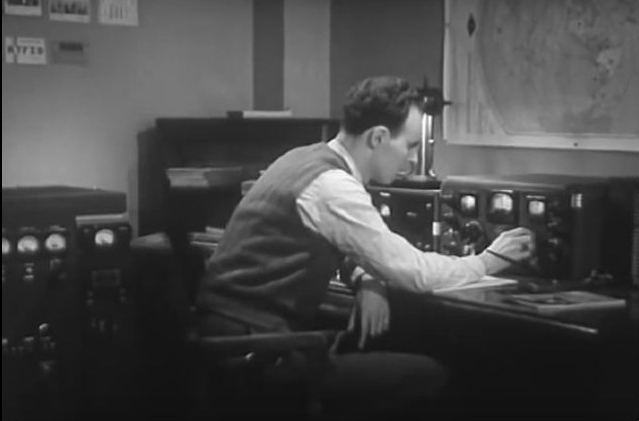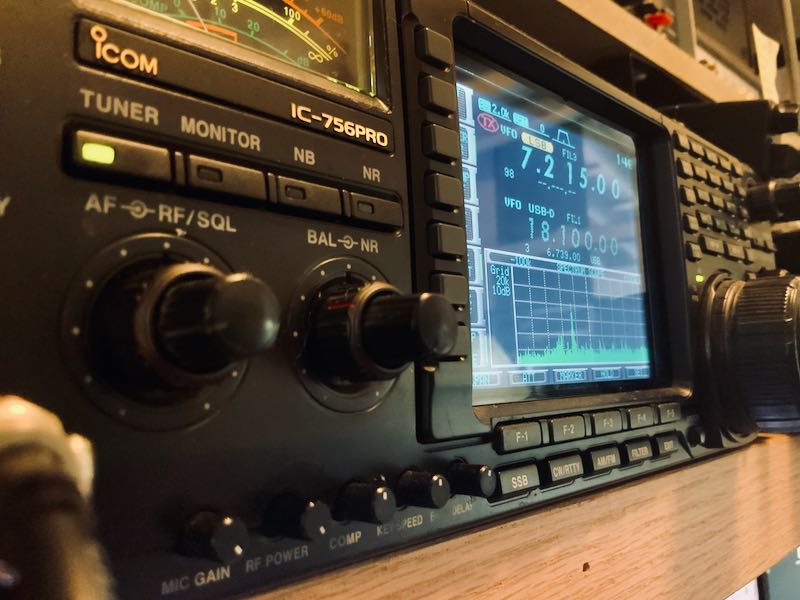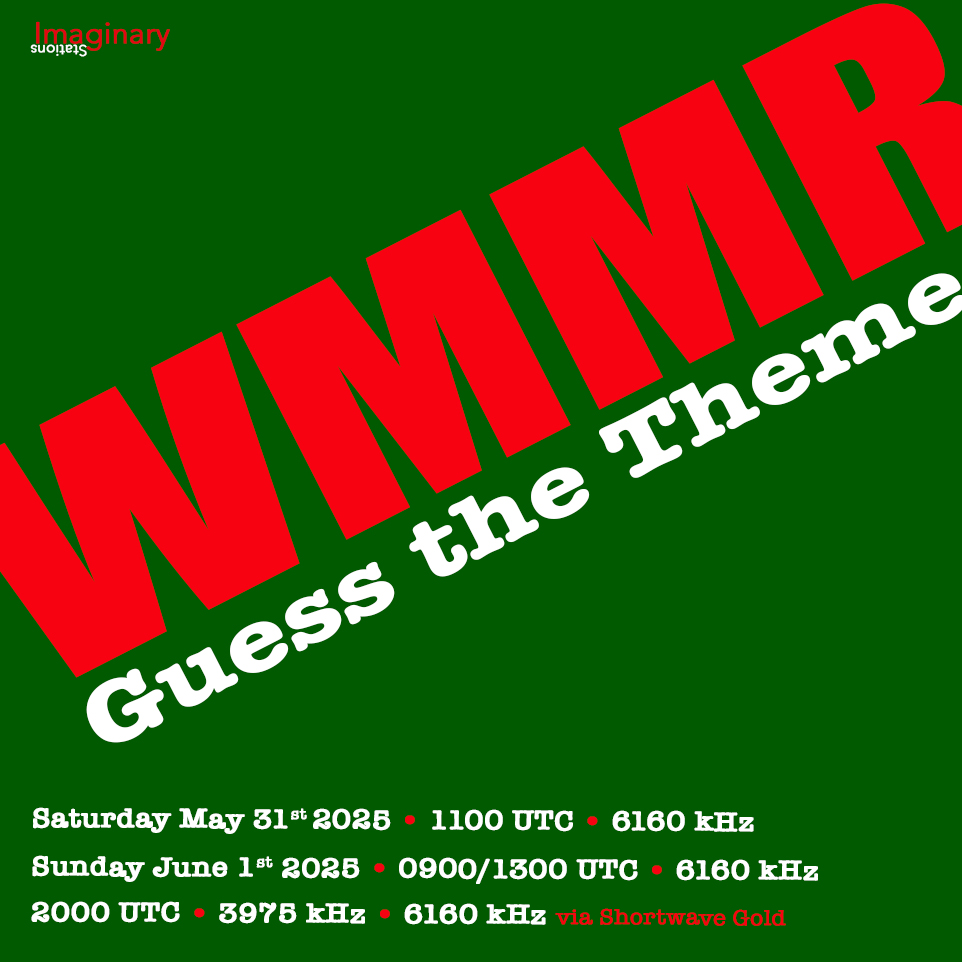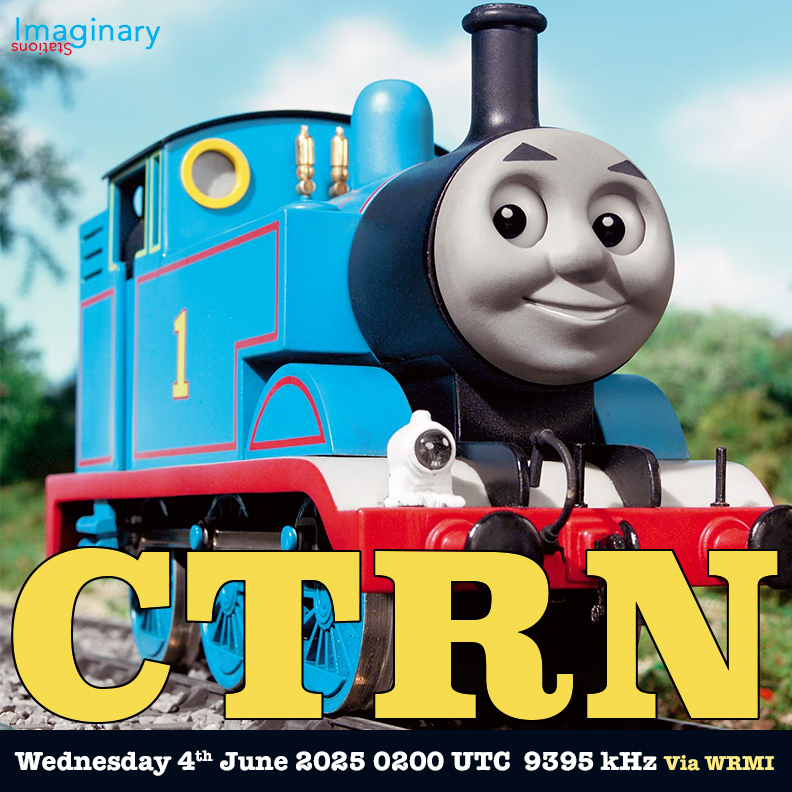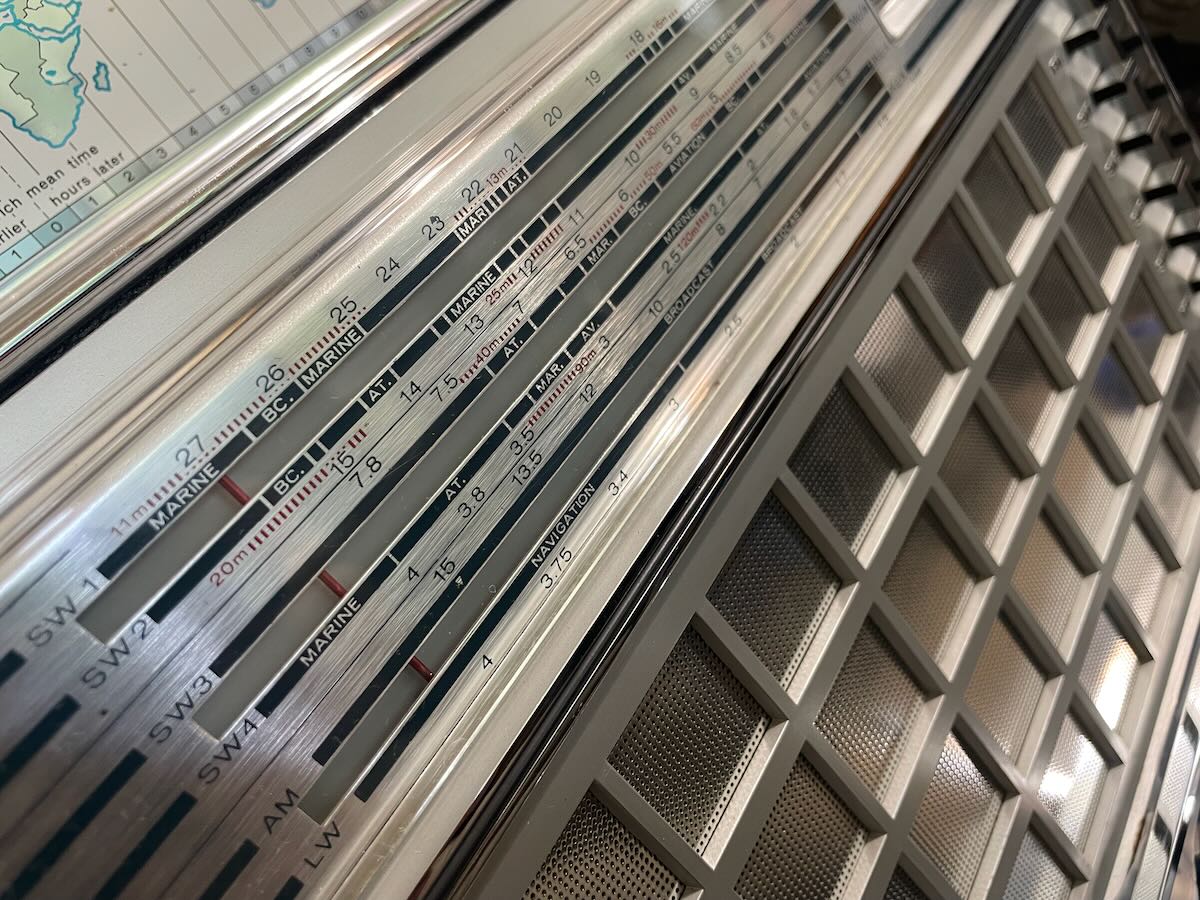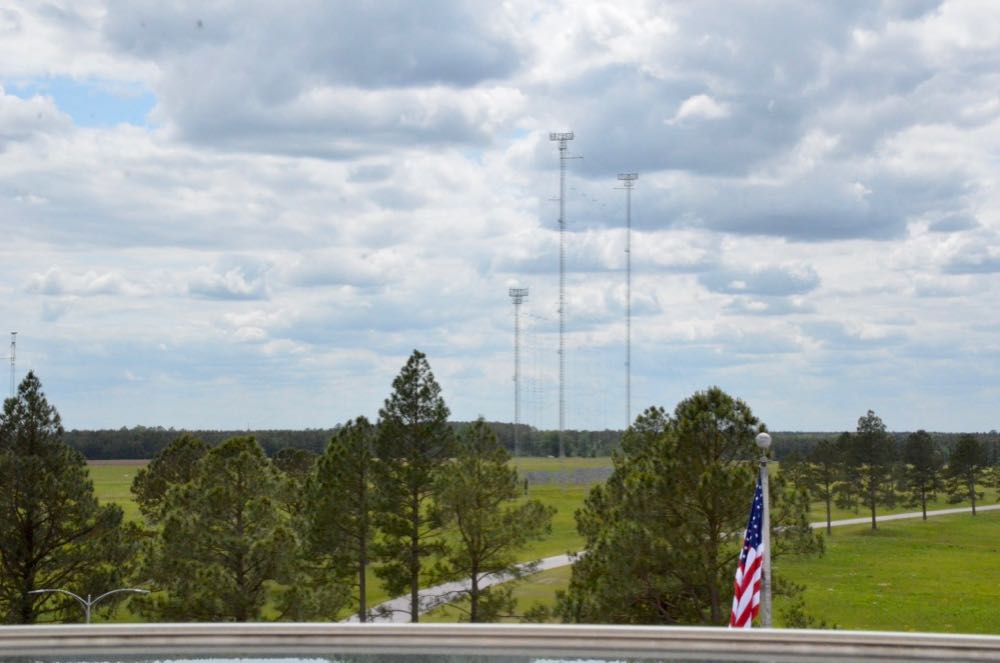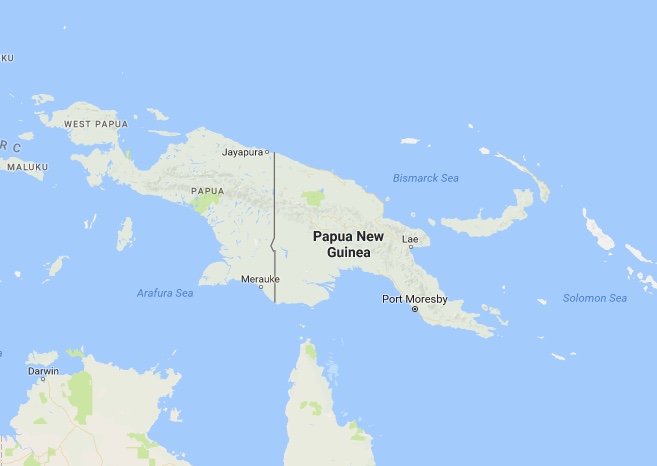Greetings as always to all the SWLing Post community, we are now ready to spill the beans on what we have to offer on the shortwave spectrum this week. Be ready for some space business and more about things that run on rails.
Firstly on Saturday 7th June 2025 at 1100 hrs UTC on 6160 kHz and then again on Sunday 8th June 2025 at 0900/1300 hrs UTC on 6160 kHz and at 2000 UTC on 3975 kHz and 6160 kHz (via the services of Shortwave Gold) we bring you the sounds of outer space with Starship Skybird.
Orbiting the ionosphere the skyship will bring you lots of intergalactic musical goodness, the sounds of distant planets, atmospherics and a whole lot more. Start the countdown to next weekend when you can strap yourself in for a trip of a lifetime. Tune in, make yourself a cosmic cocktail if that’s your thing and enjoy the sounds of space.
On Wednesday 11th May 2025 via WRMI at 0200 UTC we depart again on a “locomotive journey across the ionosphere” with another episode of CTRN. We are back on the rails to present an hour of train tunes, class rail timetabling tales and memories of train stations that once were. Please tune in, mind the doors and enjoy the ride. Please make sure you present your Railcard alongside your rail ticket if you are expecting a shortwave discount.
More on Starship Skybird here:
For more information on all our shows, please write to [email protected] and check out our old shows at our Mixcoud page here.
FastRadioBurst 23

